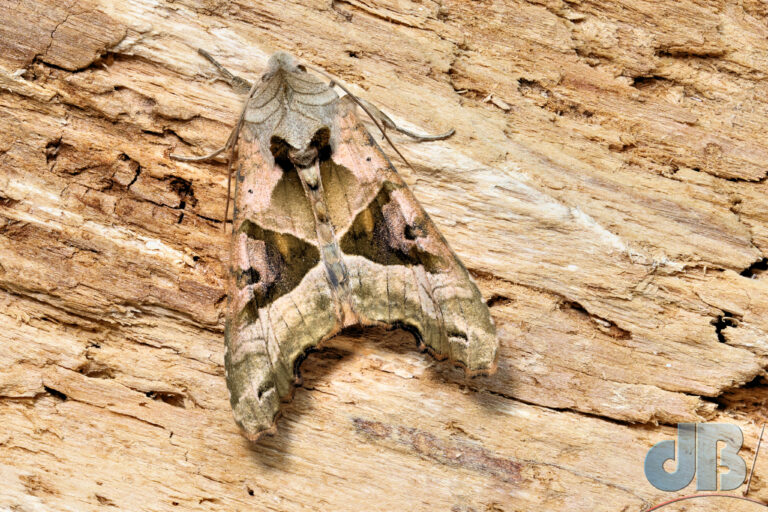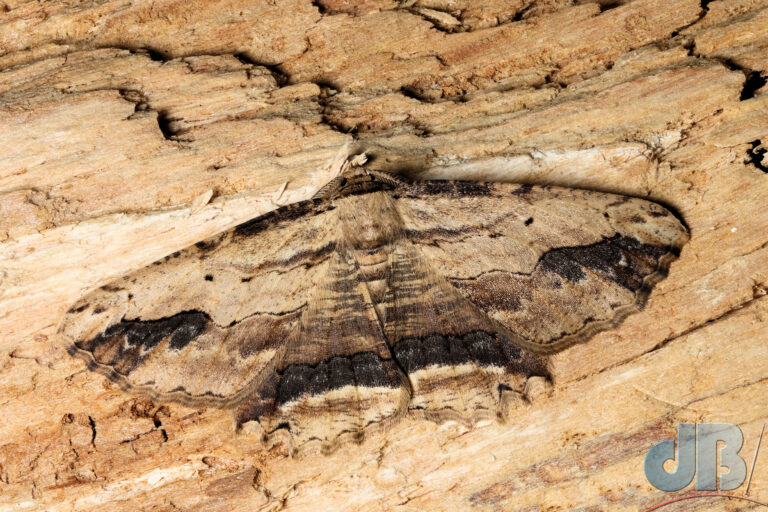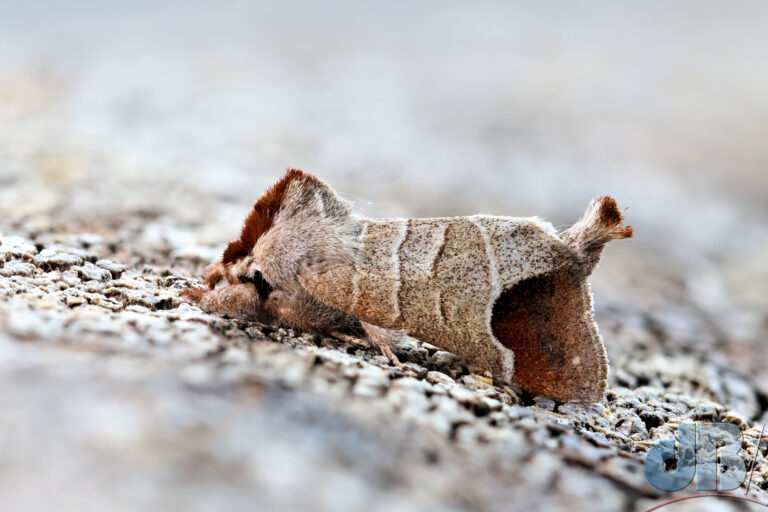As regular readers know all too well, I am an amateur lepidopterist, and have been since the summer of 2018. I trap in our small back garden and have used various traps – Robinson, Heath, Skinner, and various light sources, although mostly UV fluorescent tubes and a LepiLED. It’s early in the 2025 season and I am thinking about ways to optimise my trapping to see if I can get my life list up to 600 species this year; currently stands at 574 and for the last two to three yeasr, I usually record at least 30 species new to the garden each year.

I have often wondered whether placement in the garden matters. It doesn’t seem to. So, at the moment, I am trapping with the Skinner on a table beneath a lean-to, looking out to the garden. In the trap, I place various narrow egg trays, sloping against the sides, but wondering whether a layer of crumpled cardboard in the base might be useful to provide even more roosting spots. Behind the trap a white sheet hangs and at this time of year seems to be getting more moths than enter the trap.

Another question I have is whether I should narrow the Skinner slot. Making the entrance smaller might reduce the number that can enter, but it will reduce the size of their escape route too. I’ve tried in-trap baffles hanging beneath the slot previously but not sure that really had any effect. I was advised by a more-expert amateur not to narrow the slot and not to use Robinson-type vanes, but to add those baffles. I think I might go against the grain this season and try a baffle and a narrower slot, see what happens, at least for a few lighting-up sessions.
